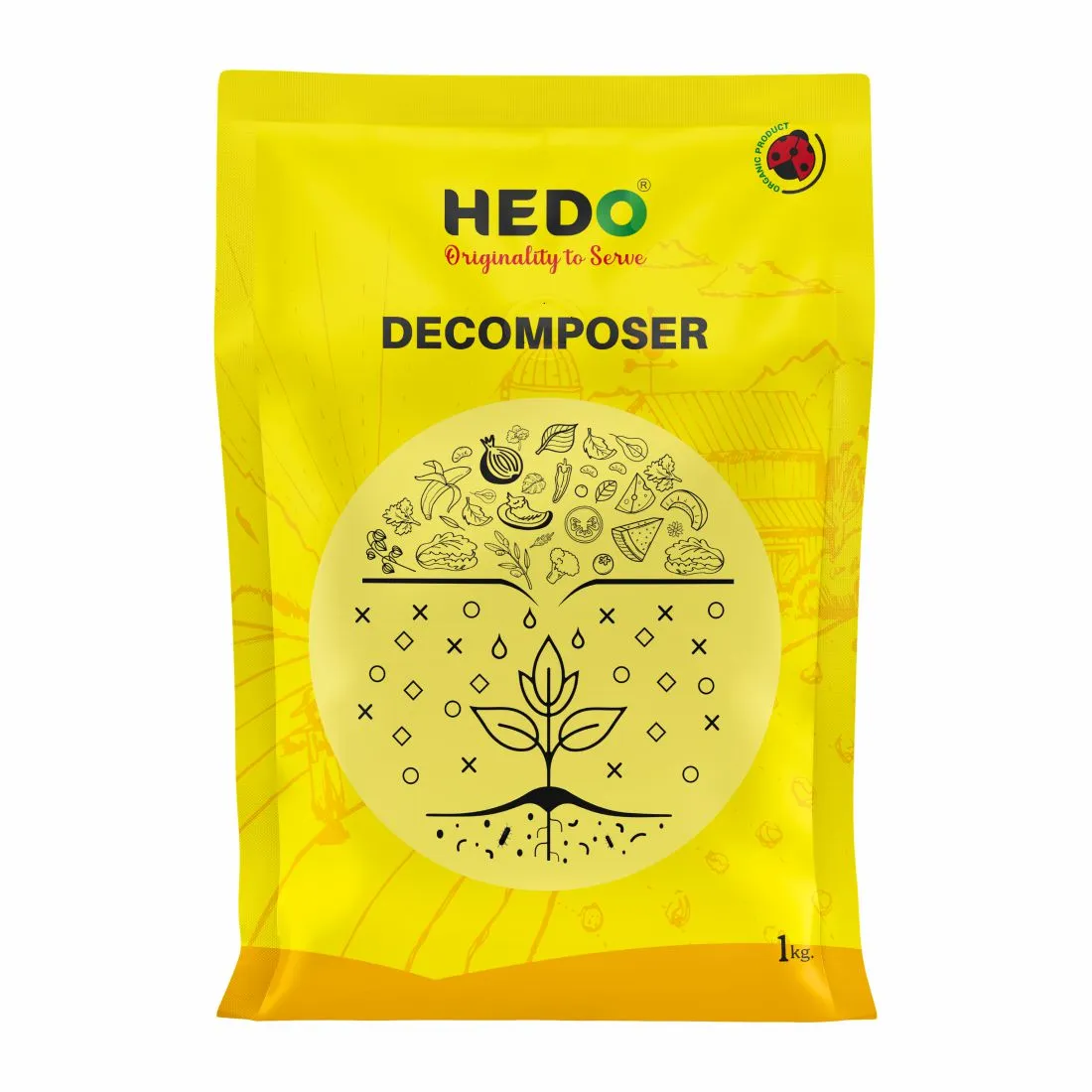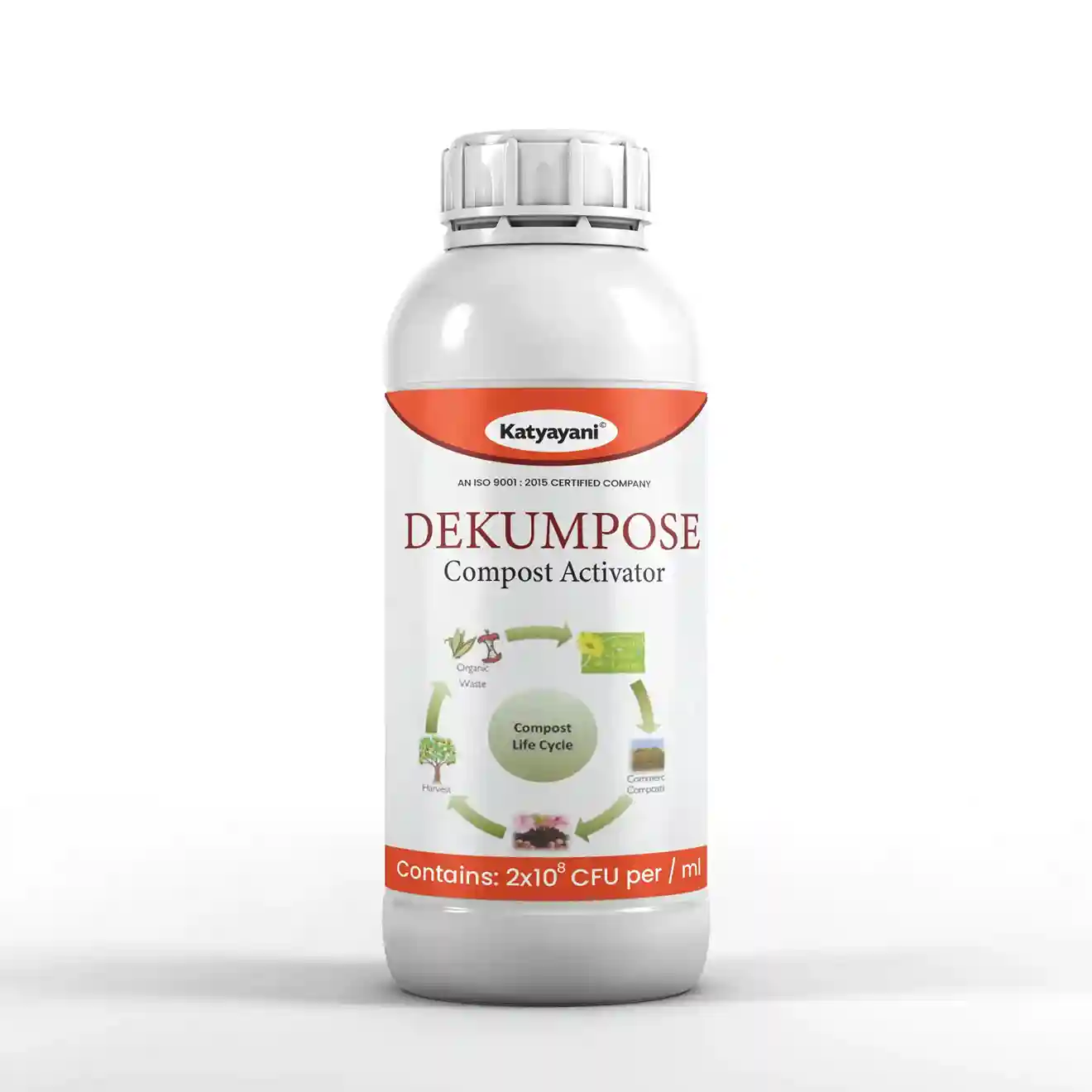
HEDO Waste Decomposer Powder, Decomposition of Agricultural, Kitchen, Garden, and Farming Waste
41% Off


| Brand: | Anand Agro Care Nashik |
| Product Code: | 4348 |
| Country of Origin: | India |
| Category: | Organic Farming |
| Sub Category: | Waste Decomposer |






10 Feb 2025
Very happy with Dr. Bacto\'s, highly recommend.
9 Feb 2025
Dr. Bacto\'s is the best product for composting.
7 Feb 2025
Dr. Bacto\'s is amazing, my plants never been healthier!
25 Aug 2024
Just used Dr. Bactos and I\'m impressed, compost is turning out great
22 Aug 2024
Dr. Bacto\'s is a game changer for composting.
20 Aug 2024
Dr. Bacto\'s is a game changer for composting.
19 Aug 2024
Very happy with Dr. Bacto\'s, my plants are healthy.
15 Aug 2024
Very happy with Dr. Bacto\'s, my plants are thriving.
14 Aug 2024
Dr. Bacto\'s made my plants so healthy.
12 Aug 2024
Dr. Bactos made a huge difference, my compost is breaking down perfectly